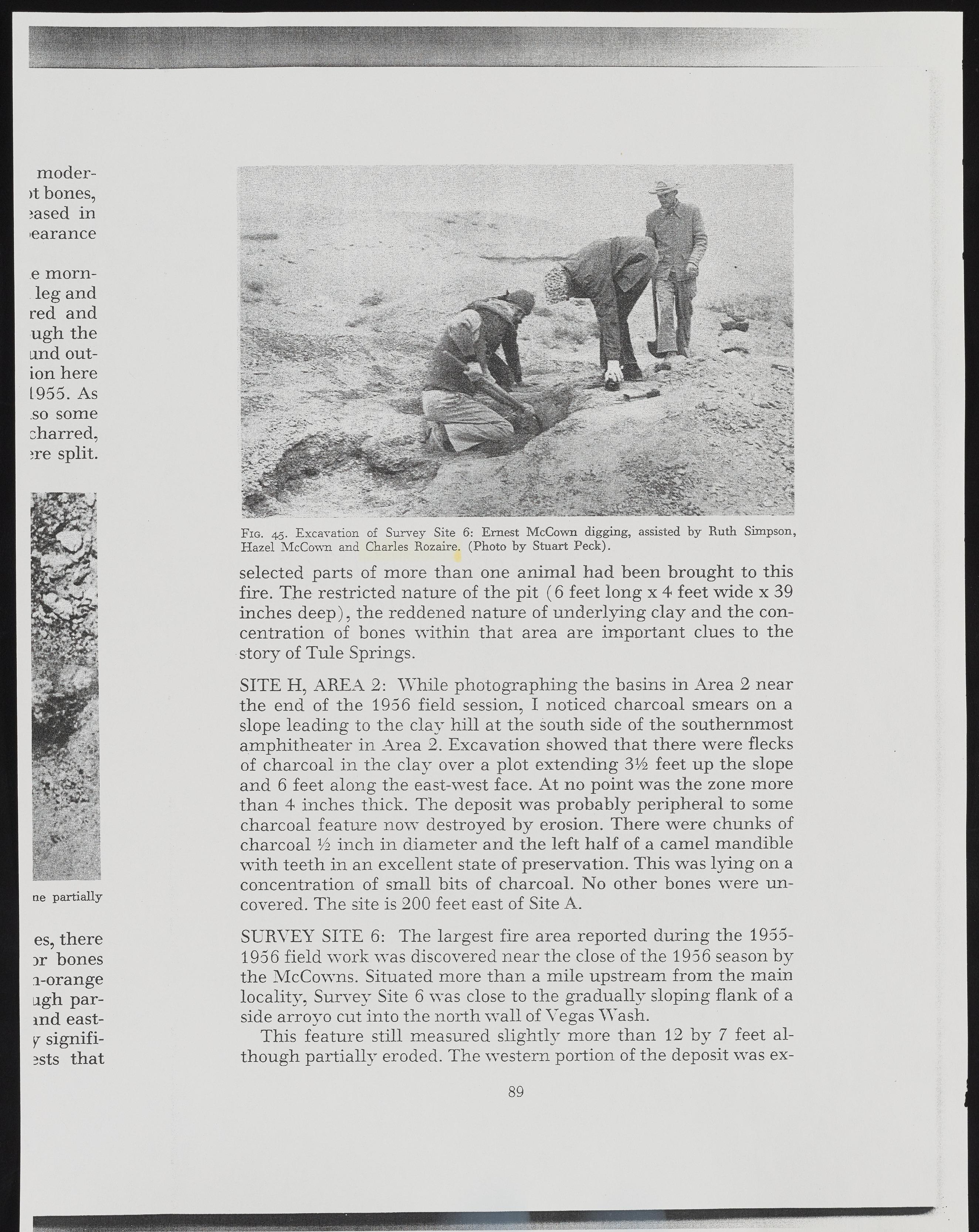Copyright & Fair-use Agreement
UNLV Special Collections provides copies of materials to facilitate private study, scholarship, or research. Material not in the public domain may be used according to fair use of copyrighted materials as defined by copyright law. Please cite us.
Please note that UNLV may not own the copyright to these materials and cannot provide permission to publish or distribute materials when UNLV is not the copyright holder. The user is solely responsible for determining the copyright status of materials and obtaining permission to use material from the copyright holder and for determining whether any permissions relating to any other rights are necessary for the intended use, and for obtaining all required permissions beyond that allowed by fair use.
Read more about our reproduction and use policy.
I agree.Information
Digital ID
Permalink
Details
Member of
More Info
Rights
Digital Provenance
Publisher
Transcription
moder- >t bones, iased in earance e morn-leg and red and ugh the and out-ion here 1955. As so some charred, ;re split. ae partially F ig. 45. Excavation of Survey Site 6: Ernest M cCown digging, assisted by Ruth Simpson, H azel M cCow n and Charles Rozaire. (Photo b y Stuart Peck). selected parts of more than one anim al had been brought to this fire. The restricted nature of the pit (6 feet long x 4 feet wide x 39 inches deep), the reddened nature of underlying clay and the concentration of bones w ithin th at area are im portant clues to the story of Tule Springs. SITE H, AREA 2: While photographing the basins in Area 2 near the end of the 1956 field session, I noticed charcoal smears on a slope leading to the clay hill at the south side of the southernmost am phitheater in Area 2. Excavation showed that there were flecks of charcoal in the clay over a plot extending 3% feet up the slope and 6 feet along the east-west face. At no point was the zone more than 4 inches thick. The deposit was probably peripheral to some charcoal feature now destroyed by erosion. There were chunks of charcoal Vi inch in diam eter and the left half of a camel mandible w ith teeth in an excellent state of preservation. This was lying on a concentration of small bits of charcoal. No other bones were uncovered. The site is 200 feet east of Site A. es, there SURVEY SITE 6: The largest fire area reported during the 1955- jr bones 1956 field work was discovered near the close of the 1956 season by i-orange the McCowns. Situated more than a mile upstream from the main agh par- locality, Survey Site 6 was close to the gradually sloping flank of a m d east- side arroyo cut into the north w all of Vegas Wash. y signifi- This feature still measured slightly more than 12 by 7 feet al- 2sts th at though partially eroded. The western portion of the deposit was ex- 89

